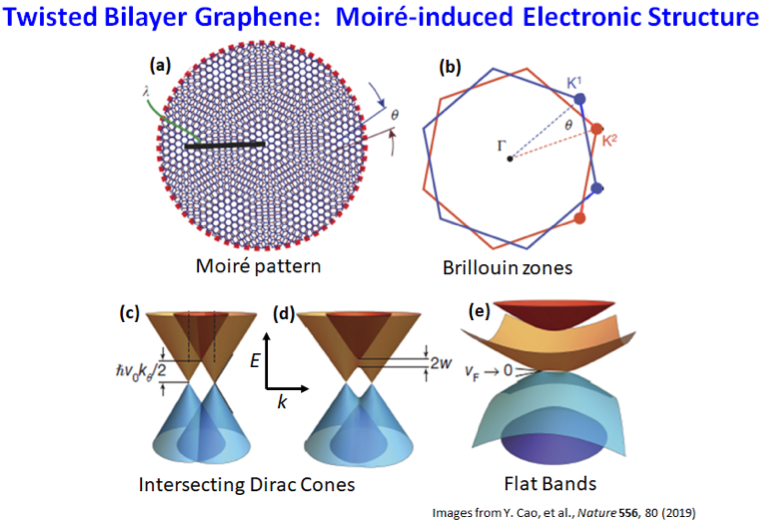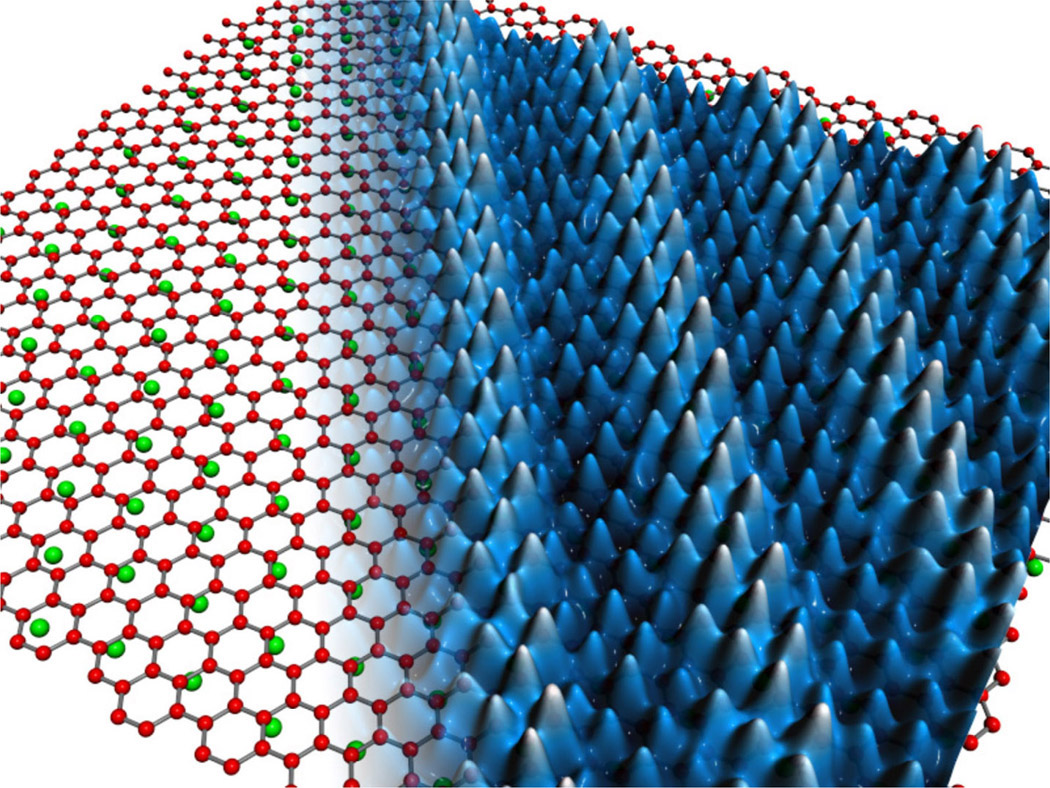Episodically Accreting Young Star
Indian astronomers from the Aryabhatta Research Institute of Observational Sciences (ARIES) have discovered Gaia 20eae belonging to the extremely rare group of young stars that exhibit episodic accretion.
- Episodically accreting young stars are young, low-mass stars that have not initiated hydrogen fusion in their core.
- They are fuelled by gravitational contraction and deuterium fusion (pre-main-sequence phase of the star).
- These pre-main-sequence stars are surrounded by a disc from which it steadily feeds on the matter from the disc-shaped region of gas and dust surrounding the star to gain mass.
- This process is known as mass accretion from the circumstellar disc of the star.
- On occasions their feeding rate increases. This is known as the periods of enhanced mass accretion from their circumstellar disc.
- During such episodes, the brightness of the star increases by 4-6 magnitudes in the optical bands.
- So far 25 such rare groups of stars have been discovered.
Episodic Accretion
- Episodic accretion is a process where stars accrete (grow by accumulation) via a disk from a more spherically distributed envelope which adds mass to the disk and makes it unstable on an irregular basis.
- Such instability dumps extra material onto the star and the accretion rate and luminosity increase.
Reference
- https://pib.gov.in/PressReleasePage.aspx?PRID=1819839
- https://dst.gov.in/newly-discovered-episodically-accreting-young-star-could-help-probe-rare-group-more-details
- https://timesofindia.indiatimes.com/city/bengaluru/rare-young-stars-to-give-new-insight/articleshow/9101541cms#:~:text=Episodic%20accretion%20is%20a%20process,accretion%20rate%20and%20luminosity%20increase.
Self-amplifying mRNA Vaccine
A self-amplifying mRNA vaccine ARCT-154 - developed by Arcturus Therapeutics Holdings - has shown promising results against Covid-19 in ongoing phase 1/2/3 trials.
- An mRNA vaccine use messenger RNA that encodes the spike protein of the coronavirus.
- This means that the mRNA directs the cell to produce copies of the spike protein, so that the immune system will recognise the spike if and when actual infection takes place, and mount a response.
- A self-amplifying mRNA vaccine is an improvement on the traditional RNA platform.
- It encodes 4 extra proteins in addition to the vaccine antigen, and these enable amplification of the original strand of RNA once inside the cell.
- The self-amplifying mRNA vaccines promise the flexibility of plasmid DNA vaccines with enhanced immunogenicity and safety.
- The key to realizing the full potential of these vaccines is efficient delivery of nucleic acid to the cytoplasm of a cell, where it can amplify and express the encoded antigenic protein.
- Advantages - The basic advantage is that it requires a smaller dose.
- The new vaccine can be easier stored, and it has lower cost because its ‘self-amplifying’ design allows for smaller doses.
Reference
- https://indianexpress.com/article/explained/how-self-replicating-mrna-covid-19-vaccines-work-and-what-trial-results-show-7887302/
- https://www.sciencedirect.com/science/article/abs/pii/S0065266014000066
Raisina Dialogue 2022
Prime Minister will inaugurate the 7th edition of the Raisina Dialogue 2022, India's flagship multilateral foreign policy and geo-economics conference.
- The Raisina Dialogue is an annual conference on geopolitics and geoeconomics addressing issues facing the global community.
- It takes its name from the Raisina Hill, the seat of the Indian government.
- The conference is organised by Ministry of External Affairs (MEA) in collaboration with the Observer Research Foundation (ORF).
- Since its inception, the Raisina Dialogue has emerged as a leading global conference on international affairs featuring the participation of heads of state, ministers, journalists, academics and researchers.
- The first Raisina Dialogue was held in 2016 with the theme, “Asia: Regional and Global Connectivity”.
- Raisina Dialogue 2022, based on the theme "Terranova- Impassioned, Impatient, Imperilled", will be modelled along six thematic pillars
- Rethinking Democracy: trade, technology and ideology;
- End of Multilateralism: a networked global order;
- Water Caucuses: turbulent tides in the Indo-Pacific;
- Communities Inc: first responders to health, development, and planet;
- Achieving Green Transitions: common imperative, diverging realities;
- Samson vs Goliath: the persistent and relentless technology wars.
Reference
- https://www.thehindu.com/news/national/raisina-dialogue-2022-significance-explained-detail-flagship-foreign-policy-conference/article6535354ece?homepage=true
- https://timesofindia.indiatimes.com/india/pm-modi-to-inaugurate-7th-edition-of-raisina-dialogue-today/articleshow/91060493.cms
- https://www.livemint.com/news/india/raisina-dialogue-2022-pm-modi-to-inaugurate-7th-edition-today-11650852333860.html
Twisted Bilayer Graphene
Researchers from the Indian Institute of Science (IISc), Bengaluru, have discovered that the twisted bilayer graphene may possess a new phase that exhibits what is called charge density wave states.
Twistronics is the study of how the angle (the twist) between layers of two-dimensional materials, such as bilayer grapheme, can change their electrical properties.
- Graphene is an allotrope of carbon consisting of a single layer of atoms arranged in a two-dimensional honeycomb lattice.
- This 2-dimensional material comprising a single layer of carbon atoms arranged in a hexagonal lattice. It is the building-block of Graphite.
- Graphene is the world’s thinnest, most electrically and thermally conductive material. It is flexible, transparent and incredibly strong.
- Graphene possesses several interesting properties by itself, and, it can be combined with other materials to form useful devices.
- One such material is twisted bilayer graphene.
- Twisted bilayer grapheme (TBG) is made by placing two layers of graphene on top of each other such that they are aligned well, and then twisting one layer so that it makes a well-calibrated, known angle with respect to the former.
- When such a twist is given, the lattice shows what is called moire patterns.
Moire patterns are wavy fringelike patterns that we see, for example, when two layers of synthetic fabric overlap and move with respect to each other.

(a)-(b) Twisted bilayer graphene (TBLG) exhibits a moiré pattern which corresponds to the Brillouin zones of the 2 graphene layers being rotated by θ.
(c)-(d) Rotation of the Brillouin zones causes the Dirac cones of the two layers to rotate and intersect with each other.
(e) Band hybridization and avoided crossings cause formation of flat bands to emerge near the Dirac point in TBLG.
- Twisted bilayer graphene is a material in which a wide variety of phases have been observed, such as insulators, superconductors, and even phases that imitate liquid crystals, such as nematic ordering.
- IISc’s TBG - U. Chandni’s lab (IISc) produced a twisted bilayer graphene.
- The second layer was twisted with respect to the first by a small angle between one and two degrees.
- Then they made a third layer of tungsten diselenide, which shows a property called spin-orbit coupling.
Spin-orbit coupling is a link between the intrinsic spin and the orbital angular momentum of the electrons.
- Adding the layer of tungsten diselenide endowed the material with unique properties and created the charge density wave states.
- Charge density wave states - Normally in a conductor, the charge carriers (for example electrons) are free to move anywhere in the conductor.
- But here, some areas are restricted and the electrons can move only in the allowed regions.
- Just like there are variations in particle density in a sound wave, these states show a wave-like variation in the charge density.

Reference
- https://www.thehindu.com/sci-tech/science/wavelike-phase-of-electrons-seen-in-fabricated-device/article65326139.ece
- https://crommie.berkeley.edu/research/tlbg/#:~:text=The%20most%20famous%20twisted%20bilayer,1a).
SBI Increased MCLR
The State Bank of India (SBI), India’s largest commercial bank, raised the marginal cost of funds-based lending rates (MCLR) by 10 basis points (bps) across tenures to 7.1%.
- MCLR, which RBI instituted with effect from April 1, 2016, is the lowest interest rate that a bank or lender can offer.
- It is applicable to fresh corporate loans and floating rate loans taken before October 2019.
- EBLR - The RBI then switched to the external benchmark linked lending rate (EBLR) system where lending rate is linked to benchmark rates like repo or Treasury Bill rates.
- Banks linked their EBLR to the RBI’s repo rate, which declined from 5.40% to 4% since October 2019.
- When the RBI hikes the repo rate, EBLR will go up and vice versa.
- The share of EBLR loans in total advances was 39.2% in December 2021.
- Raising MCLR - The SBI raising the MCLR signals that the soft rates regime that has prevailed since 2019 may be over.
- The lending rate revision by SBI is likely to be followed by other banks in the days to come.
- MCLR-linked loans had the largest share (53.1%) of the loan portfolio of banks as of December 2021.
- As a result of the increase in MCLR, borrowers who have taken home, vehicle, and personal loans will find their equated monthly instalments (EMIs) rising in the coming months.
- With the RBI set to withdraw the accommodative policy (the willingness to expand money supply to boost economic growth), lending rates are expected to rise further in the coming months.
- Banks expect a hike repo rate - the main policy rate - as the RBI seeks to suck out liquidity from the system to rein in inflation.
- Indicating upward pressure on interest rates, the yield on 10-year benchmark government bonds has reached 7.15%.
- On the other hand, the cost of funds is set to increase, prompting banks to hike lending rates.
- Deposit rates will also rise meaningfully over the next 1-2 months.
- This means a fixed deposit holder is sitting on a negative return, as there is high inflation now.
Reference
- https://indianexpress.com/article/explained/what-the-increase-in-mclr-means-for-you-your-loan-7877241/
- https://www.business-standard.com/article/finance/sbi-hikes-lending-rate-by-0-1-across-all-tenures-emis-to-go-up-122041900388_1.html#:~:text=The%20revised%20MCLR%20rate%20is,increased%20to%207.05%20per%20cent.
- https://economictimes.indiatimes.com/wealth/borrow/sbi-hikes-mclr-by-10-basis-points-check-new-loan-interest-rates-here/articleshow/90904295.cms

